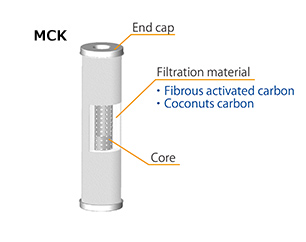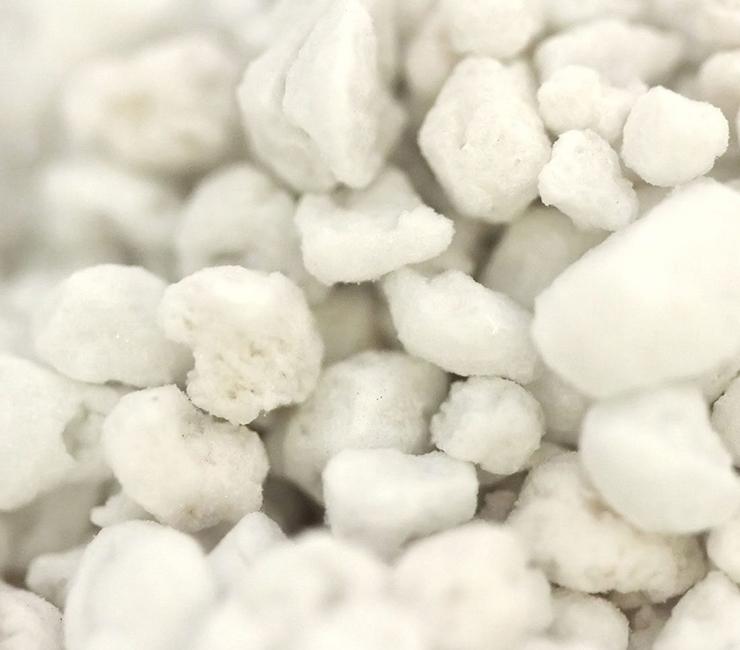
So both have their own place in your garden, even in the same container or bed, but they’re not interchangeable.

In conjunction with perlite, the vermiculite will absorb water and nutrients to feed your plants, while the perlite will help drain the excess water away. It’ll absorb water and nutrients and keep them in the soil, which makes it perfect for seed starting blends or for plants that prefer lots of water. vermiculite, vermiculite is very moisture retentive. There are many other uses for diatomaceous earth in the garden including pest control, and you can use it in conjunction with your perlite, but not to replace it. the same properties as perlite, but is heavier and does not absorb water as. It’s usually available as a powder rather than a granule, so it doesn’t reduce soil compaction in the same way, and it tends to clump when wet, which doesn’t allow as good airflow. It is able to absorb large quantities of water - 3 to 4 gal- lons per cubic. Diatomaceous earth, or DE as it’s also referred to, is more moisture-retentive than perlite is. Why shouldn’t you use those instead?Īgain, it comes back to drainage. It’s cheap, lightweight, and easy to blend into peat or other water-retaining ingredients! But there’s other additives like diatomaceous earth and vermiculite. Vermiculite and perlite are just two of the many valuable products you’ll find in our centre.If you’re making your own potting soil, perlite is one of the most used components in the industry for the above reasons. Scattering a light covering of vermiculite on compost after sowing seeds helps keep moisture in and reduces the risk of ‘damping off’ when seedlings are attacked by a fungus that causes them to collapse.30% medium-grade vermiculite added to compost makes a suitable medium for cuttings and potting on seedlings.A 50/50 mix of compost and vermiculite is perfect for houseplants that need a lot of water, such as maidenhair fern.Vermiculite is mainly used to improve moisture retention. NB: Perlite is very dusty, so dampen it with water before using it to avoid inhaling the dust. Once the roots are well developed, the cuttings can be potted on. After several weeks, roots will start to form. Part-fill, a plastic bag with moistened perlite, insert the cuttings and seal the bag. Softwood and semi-ripe cuttings will root well in perlite.A 1:4 mix of perlite and compost makes a free-draining potting medium ideal for succulents.Perlite is most often mixed with composts to improve drainage.
#Does perlite absorb water how to
NB: Don’t get horticultural vermiculite (sold in garden centres) mixed with the vermiculite insulation granules sold in hardware stores – they are not interchangeable! How to Use Perlite It is sold in medium or fine grade – medium grade is better used in cuttings composts and fine grades in seed sowing. Vermiculite is better for water retention than perlite and is ideal for potting up plants that need moist compost. It can absorb up to four times its own weight in water and will also absorb some minerals that plants need, such as potassium, magnesium, and calcium. Horticultural vermiculite looks like small golden-brown flakes. Vermiculite is produced by heating a naturally occurring mineral (magnesium aluminum iron silicate) so that it expands. Because it is porous, perlite absorbs water and can be used to improve moisture retention in compost, but its primary use is to improve drainage.

Perlite is often used in propagating cuttings, where free-draining compost is needed, or in sowing seeds. When mixed with compost, it traps air pockets in the compost, which improves drainage.

It is sterile, light, and has a neutral pH, so it’s very easy to work with. Perlite is a white granular material that is made by heating volcanic glass until it expands and ‘pops’, like popcorn. So what are vermiculite and perlite, how do they work, and which should you choose? Here’s all you need to know. They can make compost drain better and also retain moisture, even though that sounds like a contradiction. These two handy substances are a boon to gardeners. If you’ve ever looked up how to sow seeds, take cuttings, or even re-pot a house plant, you’ve probably come across references to vermiculite and perlite. Product Usage: Perlites expanded nature makes it extremely porous, so it can absorb water, but it also improves drainage, so is ideal to mix into compost.


 0 kommentar(er)
0 kommentar(er)
